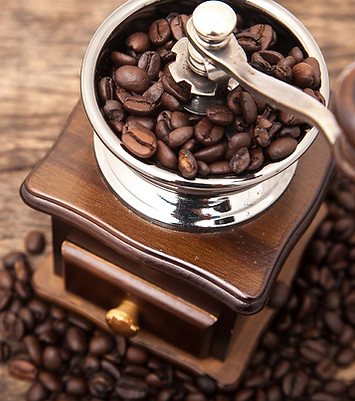Diversify STEM Curriculum Project
Biology 2021: Aleisha Durmaz


About the Project
This project was hosted by The University of Oxford Mathematical, Physical, and Life Sciences Division Diversifying STEM Curriculum Project, in collaboration with historians of science, as well as scientists from across STEM disciplines. The purpose of the project is to highlight and discuss both the historical context of key scientific concepts and research, as well as engage with ethnicity, gender, nationality, sexual orientation, disability, class, and religion: my project is specifically orientated around the field of Biology.
The Perspective of a Biologist
Sitting in the lecture hall as a first year student, I found it difficult to relate to the characters that had been put on pedestals: their research and contributions to the field where each fascinating, but information given on the people themselves would be difficult to convince myself of being relevant to me as a scientist, and not a historian. The fault wasn’t in the stories behind these figures, but the fact that they were never the whole stories. Science, afterall, is a process: a constant conversation of dynamically evolving and ever reshaping information. As such, it inherently involves the voices of all kinds of people: yet in the lecture hall, I was only hearing the voice, the narrative, of one. All that this project really aims to do, therefore, is describe the story of science - how we’ve developed the knowledge that we hold - realistically, with people as the players rather than only a few specific people on pedestals.
Therefore, my project centres around such narratives, and the exchange of information. By focusing on science as a process, I wanted to demonstrate how information builds and develops, and how it is communicated across cultures. I especially wanted to highlight the importance of agency, as oftentimes the narratives I’d heard would give agency to European scientists, but less so to people from other communities. This way, each contribution voice would be given equal amounts of power and weight within the conversation of science. One of example of the differential treatment of stories from a classical children's book is from Chapter 4 of The Little Prince by Antoine de Saint-Exupéry; “On making his discovery, the astronomer had presented it to the International Astronautical Congress, in a great demonstration. But he was in Turkish costume, and so nobody would believe what he said. Grown-ups are like that . . . [...]. So in 1920 the astronomer gave his demonstration all over again, dressed with impressive style and elegance. And this time everybody accepted his report.”
To demonstrate this, I’ve chosen to discuss the world’s most consumed psychoactive drug: caffeine. Caffeine is produced by approx. 60 known plants, some known better than others. These include coffee, cocoa, and tea, as well as yerba mate, guarana berries, and kola nuts. Biologically, caffeine evolved as part of the plant defense system against insect herbivores and plant competition. It prevents the germination of nearby seeds and paralyzes herbivore insects, while encouraging consumption by coevolved animal species such as honey bees by enhancing their reward memory. However, in mammals, caffeine acts as a nervous system stimulant: by reversibly blocking adenosine action on receptors, it prevents the drowsiness associated with adenosine. Specifically, this project centres around coffee and yerba mate: two plants with seemingly opposing stories.


